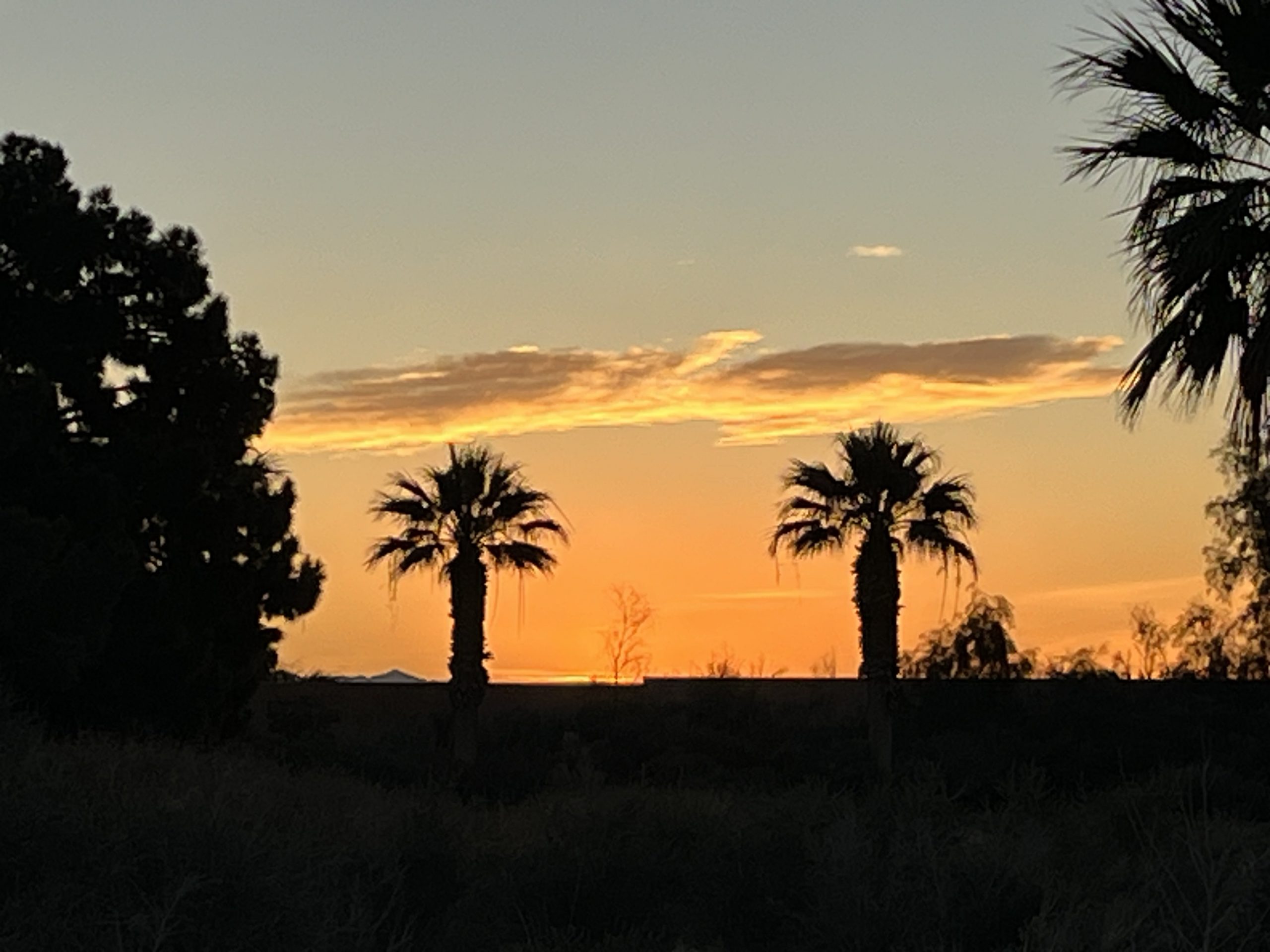
Photography is an art form that allows individuals to capture moments in time, preserving memories that can be cherished for years. Whether snapping a picture of a breathtaking sunset or a candid shot of loved ones, photography lets you document the world through your lens. Starting on this journey may seem daunting for beginners, but it can be an exciting and fulfilling hobby with the right guidance. This guide will cover the tips and tools you need to start as a beginner photographer.
Understanding Your Equipment
The first step in photography is getting familiar with your equipment. Many beginners assume they need an expensive camera to take great photos, but that’s not always true. Today’s smartphones are equipped with powerful cameras that can produce stunning images. However, if you decide to invest in a digital single-lens reflex (DSLR) or mirrorless camera, understanding its features will greatly enhance your experience.
Learn about the camera’s basic functions, including the aperture, shutter speed, and ISO settings. These are the three main components of the “exposure triangle. ” They control the amount of light that reaches the camera sensor, affecting your images’ brightness, sharpness, and quality. Practice adjusting these settings in different lighting conditions to get a feel for how they work together. Don’t be afraid to experiment—photography is about trial and error.
The Importance of Composition
One of the most important elements of photography is composition, or how you frame your shot. A well-composed image draws the viewer’s eye to the subject and tells a story. Beginners should familiarize themselves with the rule of thirds, a basic guideline for improving composition. Imagine dividing your image into a grid of nine equal parts by two horizontal and two vertical lines. By placing the subject along these lines or at the intersections, your photos will naturally appear more balanced and engaging.
Another tip for improving composition is to pay attention to leading lines. These are lines in your photo that guide the viewer’s eye toward the subject. Examples include roads, rivers, or fences. Additionally, be mindful of the background and foreground in your photos. A cluttered or distracting background can take attention away from your subject, so it’s often better to keep things simple and clean.
Lighting and Exposure
Lighting plays a critical role in the quality of your photos. As a beginner, it’s essential to understand how different lighting conditions impact your images. Natural light, such as sunlight, can enhance the clarity and warmth of your photos, but it can also create harsh shadows if not used properly. The best time to shoot outdoors is during the “golden hour,” which occurs shortly after sunrise or before sunset when the light is soft and warm.
When shooting indoors or in low-light conditions, you may need to adjust your camera settings to compensate for the lack of light. Increasing the ISO or slowing down the shutter speed can help brighten your photos, but be careful not to go too high, as this can introduce noise (graininess) into your images. To achieve different effects, beginners should experiment with artificial lighting, such as using a flash or an external light source.
Editing Your Photos
Post-processing, or editing, is an essential part of modern photography. Editing allows you to enhance your photos by adjusting the brightness, contrast, saturation, and sharpness, among other settings. While it’s important not to over-edit, a few simple tweaks can significantly affect the final image.
Many user-friendly editing tools, such as Adobe Lightroom, Photoshop, and even mobile apps like Snapseed, are available for beginners. These programs offer a range of features that allow you to enhance the natural beauty of your photos without making them look artificial. Adjust the exposure and contrast, then move on to more advanced edits like cropping or color correction. With practice, you’ll develop a personal editing style that complements your photography.
Practice, Patience, and Perseverance
As with any skill, mastering photography takes time, patience, and practice. The more you shoot, the more comfortable you’ll become with your equipment, and the more you’ll develop your unique style. Don’t be discouraged by mistakes or imperfect photos—every photographer goes through this learning process.
Join online photography communities or local groups where you can share your work, get feedback, and learn from others. Studying the work of professional photographers can also inspire you and help you understand different techniques. Remember that photography is not just about taking pictures but about capturing moments and emotions. So, grab your camera, start exploring, and enjoy the process of creating beautiful memories.
In summary, photography is an exciting journey that allows you to express creativity and preserve life’s most important moments. By understanding your equipment, mastering composition, utilizing lighting effectively, and enhancing your photos through editing, you’ll be well on your way to becoming a skilled photographer. Keep practicing, and you’ll see the world in a new light.